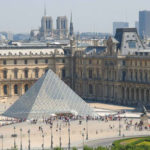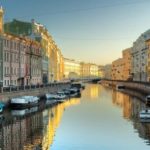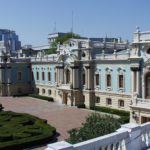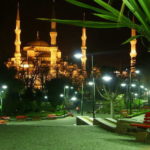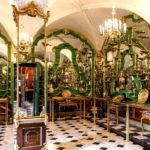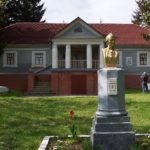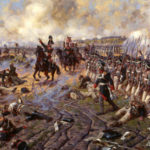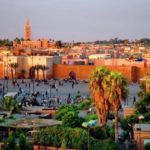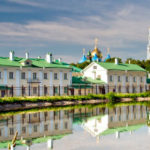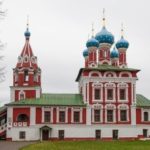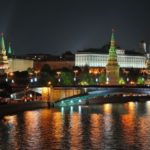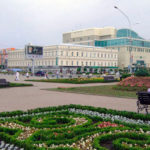Interesting facts about the Winter Palace
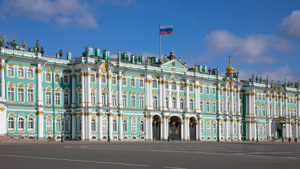 The Winter Palace in St. Petersburg is one of the most famous sights of this city, along with the cruiser Aurora. Now it houses the world-famous Hermitage exhibition, which is visited every year by hundreds of thousands of people from all over the world.
The Winter Palace in St. Petersburg is one of the most famous sights of this city, along with the cruiser Aurora. Now it houses the world-famous Hermitage exhibition, which is visited every year by hundreds of thousands of people from all over the world.
During its history, the Winter Palace was the residence of monarchs, a military hospital, the seat of the Provisional Government, and then the Hermitage exposition was located in it. Before the beginning of the Great Patriotic War, half of the palace halls occupied the museum of the revolution.
In total, there were five winter palaces in Petersburg, which Russian emperors built for themselves. The building in the style of Elizabethan baroque on Palace Square was the last of them.
At the time of the end of construction, the palace was the highest Petersburg building, and until 1905 it was legally prohibited to build houses surpassing the royal residence in height. The palace of about 60 thousand square meters originally consisted of 1500 rooms.
The customer of the new palace, Elizaveta Petrovna, died before the end of construction. Peter the Third took the work, but in the time that had gone on to finish the facades, the monarch managed to overthrow his wife Catherine.
The beginning of the Hermitage was laid by Catherine II, who received 317 valuable paintings by Dutch artists from Germany in payment of the debt. To this day, at least 96 of these paintings have been preserved in the museum funds. The Empress placed the canvases in the remote chambers of the palace, calling these rooms “Hermitage” (translated from French – “a lonely place”).
Now there are more than 1050 rooms in the palace, about 1950 windows and 117 stairs. The length of the cornice, encircling the building, reaches 2 kilometers.
The parapet of Rastrelli’s work is adorned with 176 sculptures. The exact number of vases on the facade is unknown.
4000 workers and craftsmen from all over the empire were involved in the construction of the palace.
After the construction of the palace in the square in front of him there was a huge pile of garbage. Peter the Third came up with an unexpected solution to this problem – they announced to the citizens that they could take anything from the square, and several hours later it was empty.
In the 1830s, the palace burned down. More than 6,000 workers were able to eliminate the consequences of a fir

